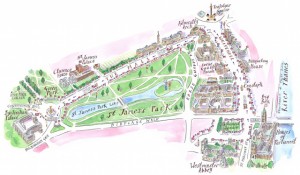Crowds, Congestion and Extreme Events
My talk at CPGIS this morning is about how we might use all our new flow data to build new models to explore how city systems fail. This is more a talk about what we would like to do, rather … Continue reading →
Continue reading »



